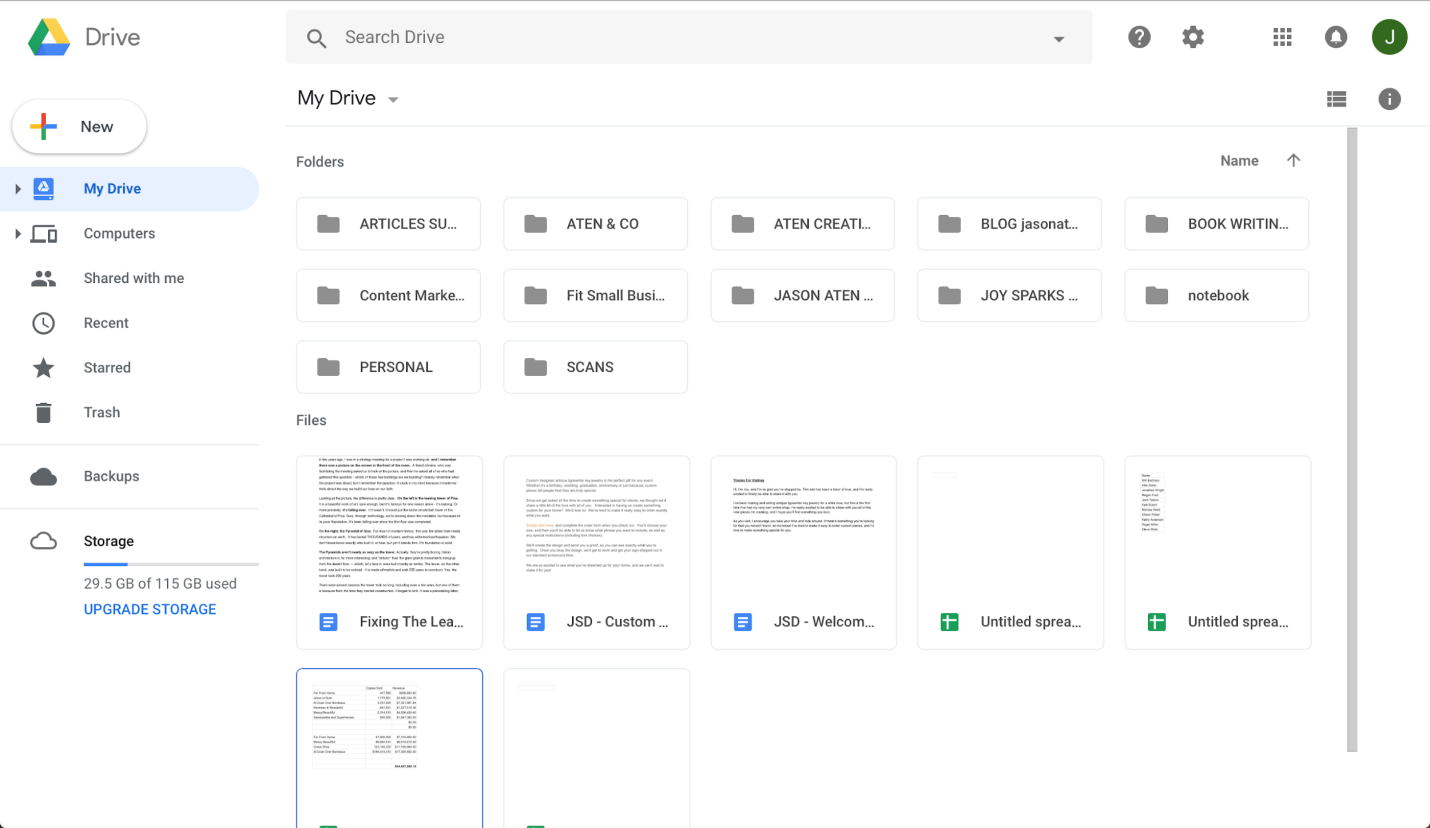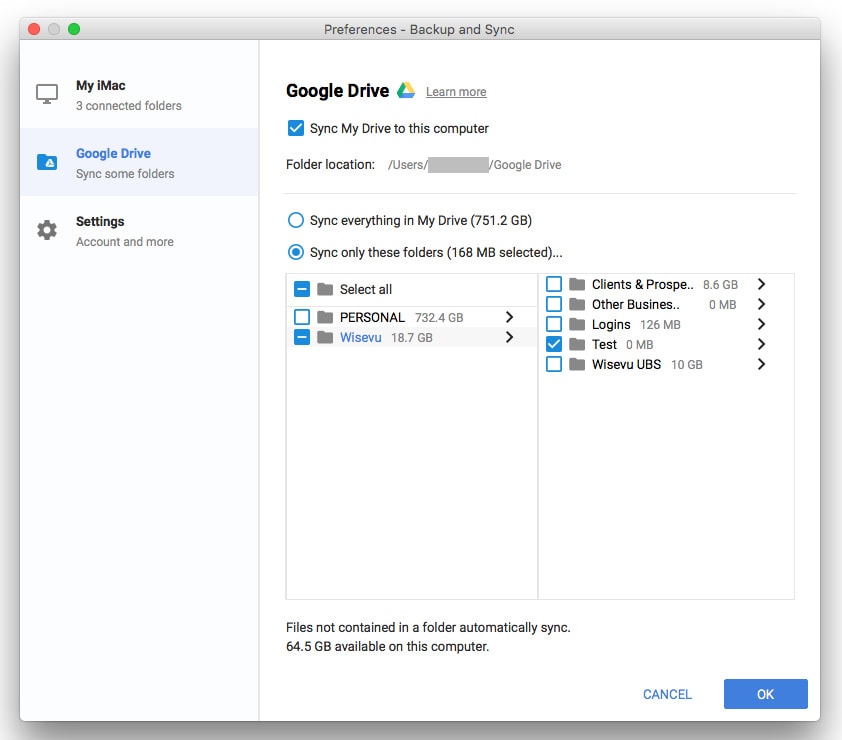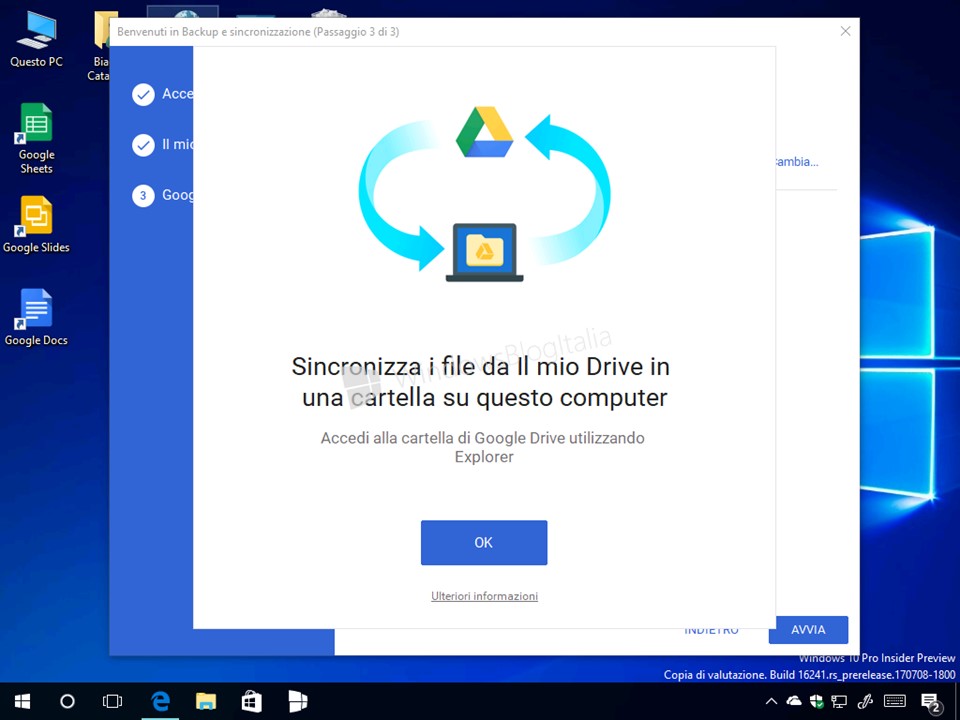

If you have not transitioned to Drive for Desktop yet, your content may not sync until you connect your account to it.Īdmin controls will be provided via registry keys once new features are available. Starting October 21, Backup and Sync users will not be able to log in to their accounts. While the ones mentioned above are the key things to note as they involve storage, access, and sync capabilities, below is a table sourced from Google that shows more of the differences between the two: Moving to Drive for Desktop: What Admins Can Do On the other hand, if you decide to both sync the file in Google Drive and back it up in Google Photos, it will take up more Google account storage and network bandwidth as your files are uploaded twice and in different locations. If you edit your file offline, the file would be reuploaded to Google Photos as a new file.

GOOGLE PHOTOS BACKUP VS BACKUP AND SYNC OFFLINE
If you edit or delete your file in Google Photos, changes would not be reflected in the offline version. However, if you only choose to back your files up in Google Photos, any changes made in your files would not sync. In Drive for Desktop, however, you can choose to back them up only in Google Photos, sync them in your Google Drive, or do both. This means if you upload a folder with the majority of the content being videos or photos in Google Photos, you also have to upload that same folder in Google Drive so your files are also saved properly in the cloud. In Backup and Sync, if you want to back up your files to Google Photos, you’ll have to save them both in Google Drive and Google Photos. This way, changes and deletions in any of your files or folders won’t be synced and you can keep a copy even if you delete the file either in your hard drive or your virtual drive. If you choose to stream, however, you can choose to disconnect your online and offline file versions by saving your file (drag and drop or copy and paste) to your virtual drive. That means deletions are also included, so when you delete a copy, both copies will be removed. If you mirror your files in Drive for Desktop, every change in your files will sync across both online and offline versions. This means there’s always a copy of your file or folder in one storage space when it’s deleted in the other. In Backup and Sync, you can choose not to sync deletes between your computer and Google Drive. Here are the main differences between mirroring and streaming files from some Google support documentation: Sync Deletes You can also choose whether certain computer files will sync with the online version or if you’d like them to be disconnected. To access all your files, including those available offline, the Drive for Desktop app must be running.


Google recently announced a unified sync solution for all their users called Drive for Desktop.


 0 kommentar(er)
0 kommentar(er)
